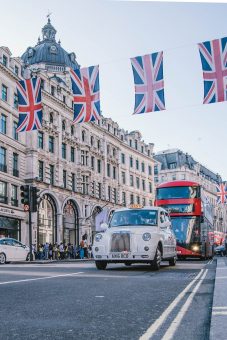
Summers are getting hotter year-on-year, and this problem is particularly pronounced in urban areas where a lot of concrete and little vegetation make the heat unbearable.
An additional problem is the excessive use of air conditioners, which transfer heat from the inside of buildings to the outside. Experts claim that in dense city centers, air conditioners can increase the temperature by about one degree Celsius.
In an effort to lower temperatures by a few notches, some cities are resorting to methods such as green roofs or installing solar panels. However, researchers from University College London (UCL) claim that no solution is as effective as painting roofs white.
While there’s no doubt that green roofs are better than ordinary ones because, among other things, they absorb rainfall and improve biodiversity, UCL experts claim that their net cooling effect on the city is generally negligible. On the other hand, painting roofs white or covering them with a reflective coating would be more effective in cooling cities like London than roofs covered with vegetation, street-level green spaces, or solar panels.
More:
- GREEN STEEL CAN CUT CLIMATE IMPACT OF CAR PRODUCTION FOR JUST €57 A VEHICLE
- NEW UK GOVERNMENT PLANS BIG PUSH ON WIND
- THE IMPORTANCE OF FAST CHARGERS IN SUPPORTING ELECTRIC VEHICLE ADOPTION
In a study published in the journal Geophysical Research Letters, researchers used a three-dimensional climate model of Greater London to test the effects of various passive and active heat management systems during the two hottest days of summer 2018. They found that white roofs could reduce citywide temperatures by about 1.2°C on average, and up to two degrees Celsius in some locations if widely adopted across London. Other systems, such as extensive street-level vegetation or solar panels, would provide a smaller net cooling effect, only about 0.3°C on average, although they offer other environmental benefits.
“We comprehensively tested multiple methods that cities like London could use to adapt to and mitigate increasing temperatures, and found that cool roofs are the best way to maintain low temperatures during extremely hot summer days. Other methods had various important ancillary benefits, but none were able to reduce outside urban heat to nearly the same extent,” said Dr. Oscar Bruce, the lead author of the study.

